Description of the flavor characteristics of washed Yejia Coffee Ding Ding beans
Professional coffee knowledge exchange more coffee bean information please follow the coffee workshop (Wechat official account cafe_style)
The ancient native varieties of caffeine grown in Ethiopia are very genetically complex, coupled with multiple treatments such as sun exposure and washing, showing complex and changeable flavors, which are deeply loved by coffee lovers. For Ethiopian coffee beans, many people will be accustomed to using the name Yega Xuefei, indeed, Yega Xuefei fresh and clean coffee flavor, is the first coffee to lead many enthusiasts. The washed coffee is clean, refreshing and sour, and the sun-treated coffee is clean and smooth with a hint of fermented sweetness. when many friends come to the front street and don't know what kind of coffee to drink, the barista of the front street coffee will start with the coffee beans in the Yega Sheffei producing area. In the front street of this article, let's talk about Yejia Xuefei coffee beans treated with water.
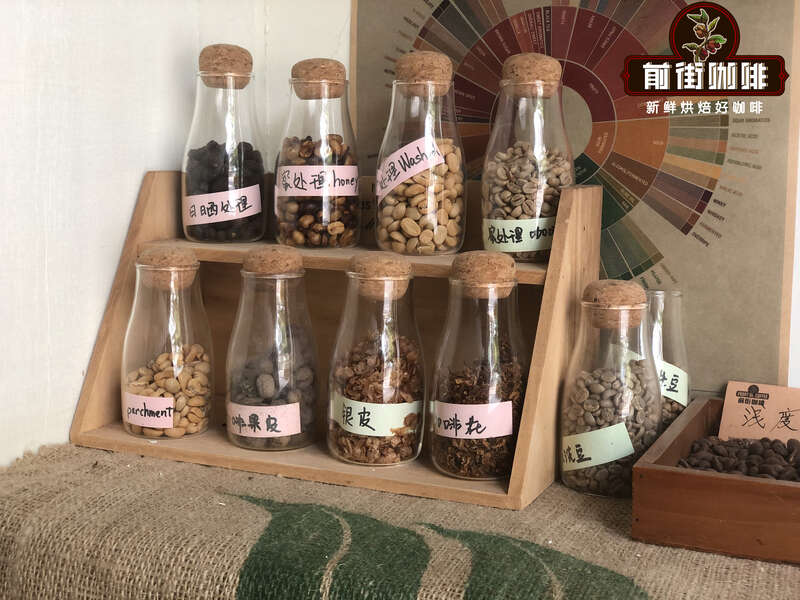
Yega Sheffield town
Yejia Xuefei is located in the eastern edge of the East African Rift Valley, with complex topography, 1800-2000m above sea level. Lake Abaya to the west has been a wetland since ancient times, which is rich in water, which also provides a good resource for the Yejiaxuefei water washing treatment plant. Yega Xuefei is affiliated to the Sidamo area, which is independent because of its unique flavor. In addition to the small town of Sheffield, the surrounding area also includes Waka, Cochell and other by-product areas. Qianjie believes that the so-called Yega Chuefei flavor refers to the rich citrus lemon fruit acid, rich jasmine aroma, light and elegant taste, with a sense of tea, tastes like fresh and clean lemon tea. The traditional Yega Xuefei coffee beans are treated by the sun, but due to the fact that most of the early sun-dried coffee beans are dried on the flat ground, they are inevitably contaminated with miscellaneous smells such as dirt, coupled with the lack of reasonable screening, the quality of sun-dried beans is average. In 1972, Ethiopia introduced Central and South American washing technology to improve the quality of coffee, which made the jasmine and citrus lemon aromas of Yega Xuefei clearer and brighter, making it one of the representatives of fine coffee in the world.

Washing treatment method
The water washing method can remove impurities (stone or garbage, etc.) and defective beans through each step, so the appearance of raw beans is uniform, is generally considered to be of high quality, and the trading price is higher than that of coffee beans refined by natural drying. However, the more detailed the division of labor, the more procedures for operation and hygiene management, and the higher the risk, so washing is not necessarily equal to high quality. The biggest disadvantage of washed coffee is that coffee beans are prone to the stench of fermentation during fermentation. Some coffee experts point out: "A fermented coffee bean will spoil 50 grams of beans." Beans will be stained with the smell of fermentation, most of which are due to the lack of management and maintenance of the fermentation tank. Soaking the coffee beans with mucous membrane on the endocarp in the fermentation tank for one night can remove the mucous membrane. However, if the microbes in the fermentation tank change, it will cause the coffee beans to be stained with fermented flavor.
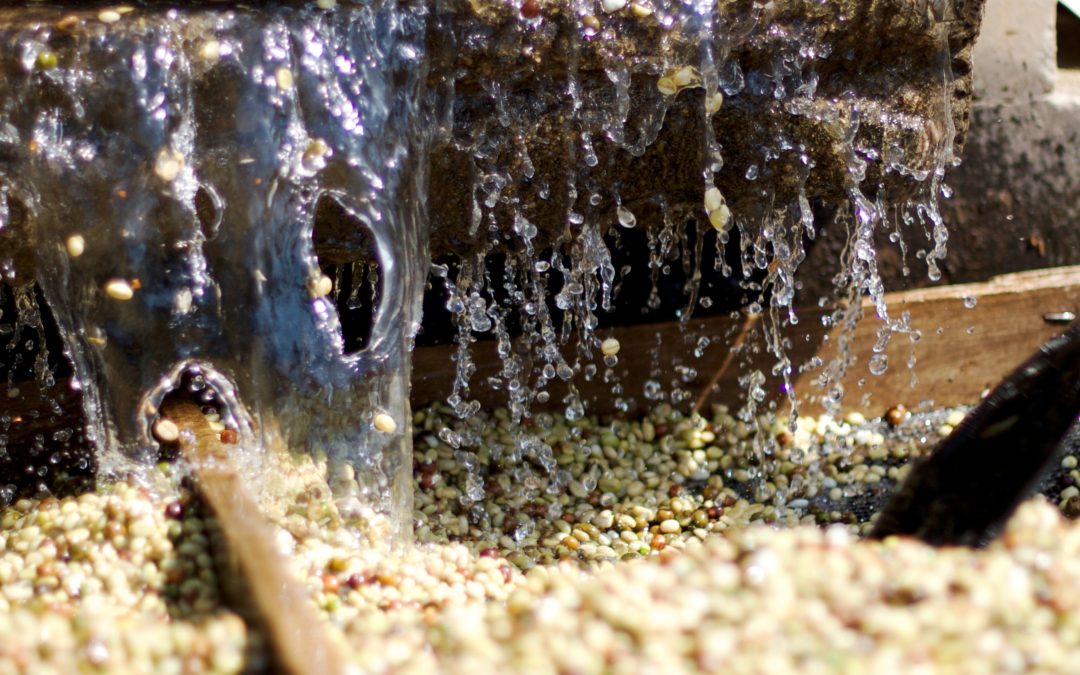
Choose beans: put the harvested fruit in a water tank and soak for about 24 hours. At this time, ripe fruit will sink, while immature and overripe fruit will float up and can be removed.
Remove the pulp: use a machine to remove the skin and pulp, leaving only the coffee beans wrapped in the endocarp. At this time, there is a layer of mucous membrane on the outside of the beans, and the process of washing is to wash this layer of mucous membrane.
Fermentation: the adhesion of the mucous membrane is very strong and is not easy to remove. It must be placed in the tank for about 18-36 hours to make it alcohol and decompose the mucous membrane. There are two methods of fermentation, namely wet hair alcohol and dry hair alcohol, as the name implies, the former adds water, the latter does not add water. In the process of producing alcohol, the seeds and internal pulp will produce special changes, which is one of the steps that most affect the flavor of coffee. Some farms add hot water or alkanolins to speed up the production of alcohol, which has a negative impact on the quality of coffee beans and is not popular with selected coffee lovers.
Washing: farms that use the washing method must build washing ponds and be able to introduce an endless supply of running water. During the treatment, the finished beans are put into the pool and passed back and forth, using the friction of beans and the power of running water to wash the coffee beans until smooth and clean.
Drying: after washing, the coffee beans are still wrapped in the pericarp with a moisture content of 50%. They must be dried to reduce the moisture content to 12%, otherwise they will continue to be mellow, moldy and rotten. The better treatment is to use sunlight to dry, although it will take 1-3 weeks, but the flavor is very good and very popular. In addition, machine drying is used in some places, which greatly shortens the processing time and makes the flavor not as good as that of sun-dried coffee.
Shelling: dried beans can be stored in a warehouse or handed over to the factory for shelling to remove endocarp and silver film.
Qianjie is considering that washing treatment will better reflect the cleanliness of coffee taste and pure flavor, so when analyzing the specific flavor of a coffee producing area, it will take the washed beans in that area as a reference. If each beginner has not drunk Yejia Xuefei, Qianjie will first recommend the washed Yejia Xuefei, which will help to form the understanding of the flavor of the producing area, and then try the Yejia Xuefei, which is treated by tanning, honey treatment and so on. There can be a direction of comparison.
Grading of washed coffee beans by Yejia Xuefei
Before the emergence of the Ethiopian Coffee Commodity Exchange (Ethiopia Commodity Exchange, referred to as ECX), Ethiopia's coffee export grade was established by the CLU Department of the Ministry of Agriculture (Cupping and Liquoring Unit), which mainly graded coffee raw beans according to the number of defective beans in 300g, as shown in the table below.
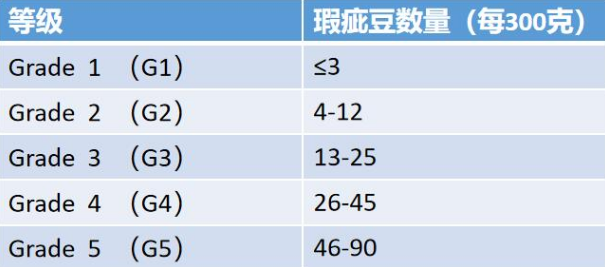
Generally, the washing treatment is G1-G2. Due to the technical problems of sun treatment at that time, the number of defects of sun-dried beans is relatively large, usually G3-G5. With the improvement of sun-treatment technology, the sun-dried beans can also reach the G1-G2 level.
The coffee shelves on the front street are Yega Sheffield Coffee beans, Yega Sheffield Vorka Cooperative, Yega Sheffield Fruit Tintin Co-operative, and washed Yejia Sheffield rations beans.
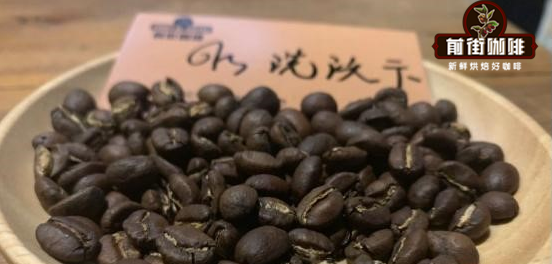
Front Street Coffee Yega Chefevoca
Grade division: G1
Variety: Heirloom
Planting height: 1650 m ~ 1800 m
Treatment method: washing treatment method
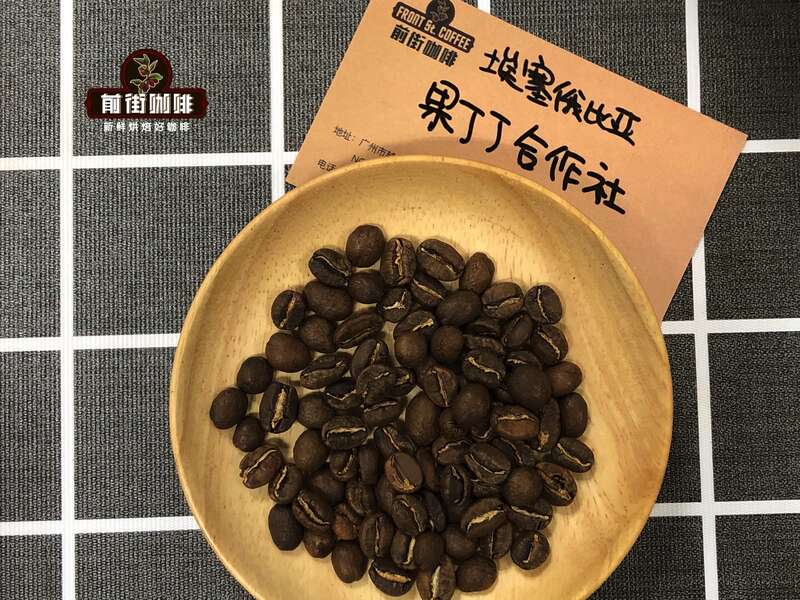
Front Street Coffee Yega Xuefei Fruit Ding Ding
Producing area: Yega Xuefei Gedeo Zone producing area
Altitude: 1900-2300m
Variety: original species (Heirloom)
Treatment method: washing treatment method
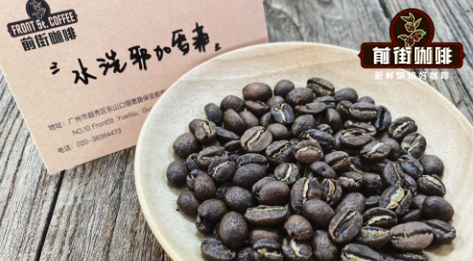
Qianjie Coffee washed Yejia Xuefei Food and beans
Altitude: 1800-2000 m
Variety: native species
Treatment: washing treatment
Many friends who do not know about Qianjie may misunderstand the series of food and beans in Qianjie. They may think that the word "rations" is only for people who do not know coffee to satisfy their curiosity about coffee beans. Sometimes the discount range of online activities is large. It will make many people worry about the quality of Qianjie beans, the flavor will be very mixed, and so on. Qianjie coffee rations beans play a "facade role" in coffee beans in major producing areas, where the basic flavor of rations beans is more recognized, and they are also low-cost and cost-effective coffee beans. Qianjie launched the rations series to allow all enthusiasts to drink the most representative coffee flavor in the producing area at the lowest price.
How to brew the coffee in front of the street and wash the Yejia Chefe coffee beans?
In order to retain the bright citrus acidity and floral aroma of washed Yega Chevy coffee, Qianjie roasters use medium-to-light roasting. The suggestion for shallow baked beans is 90-91 ℃. The aromatic substances and acidity of shallow baked beans can be extracted with higher water temperature, because the quality of shallow baked beans is harder, and increasing water temperature can increase the extraction efficiency of coffee powder and avoid sharp acid. V60 tapered filter cup mouth is relatively large, coupled with its unique spiral curve ribs, so that the air can be discharged more easily to improve the extraction quality. The taste may not be thick enough, but its high concentration of sweet and sour and obvious aroma is a major feature of it.
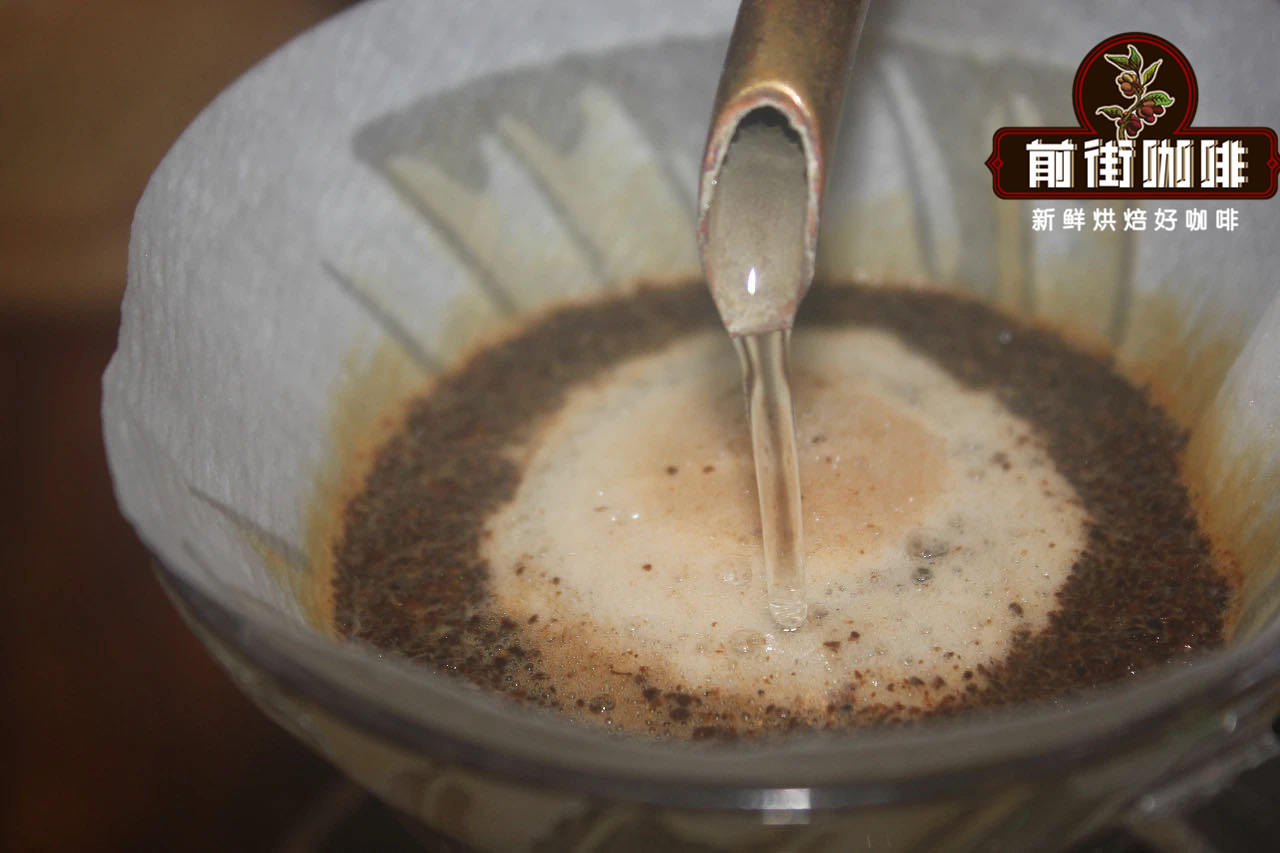
Filter cup: V60
Water temperature: 90-91 degrees
Powder content: 15g
Ratio of powder to water: 1:15
Degree of grinding: fine sugar size (20 sieve bowl sieve powder to 80%)
Qianjie cooking technique: the first section is filled with 30 grams of water for 30 seconds, then 95 grams (about 125 grams shown by the electronic scale) is injected, and the injection is completed in about 1 minute. When the water level drops to 2 grams in the powder layer, the remaining 100 grams (about 225 grams shown by the electronic scale) are injected in about 1 minute and 35 seconds. 2: 04 "trickling is completed, remove the filter cup and complete the extraction.
Waka cooking flavor: there are lemon, plum and Tieguanyin in the entrance. Under the change of temperature, the caramel taste is obvious, the acidity is bright, and the taste is obvious.
Fruit dingding flavor: there are citrus and black tea in the entrance, cream, caramel and almond aftertaste are obvious and taste clean and sweet with the change of temperature.
Washed Yega Chuefei flavor: the aroma of jasmine, berry juice, lemon, citrus acidity, the whole bright, clean and fresh.
For more boutique coffee beans, please add private Qianjie coffee on Wechat. WeChat account: kaixinguoguo0925
Important Notice :
前街咖啡 FrontStreet Coffee has moved to new addredd:
FrontStreet Coffee Address: 315,Donghua East Road,GuangZhou
Tel:020 38364473
- Prev
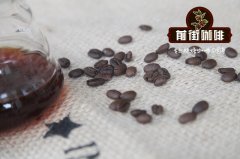
Introduction to the Flavor characteristics of 90 + Candle Coffee
The origin of the name: Drima Zede means Best Approach in the local dialect. According to the information provided by the original factory, this Yega Xuefei is a series of tailor-made products based on 90 + years of experience. It is difficult to get a pure flavor in the ancient treatment of the sun, but Drima Zede is only hand-picked with the support of 90 + technology.
- Next
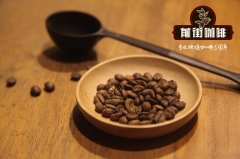
Taste of Ethiopian Rosa Coffee introduce the flavor characteristics of Ethiopian Rosa Village Coffee
Rose summer village GeshaVillage GoriGesha forest, where rose summer seeds were first found. They collected seeds from native rose trees, and after careful screening, they sent the seeds to professional institutions for genetic testing to determine that they belonged to the original collection of Panamanian rose varieties.
Related
- Detailed explanation of Jadeite planting Land in Panamanian Jadeite Manor introduction to the grading system of Jadeite competitive bidding, Red bid, Green bid and Rose Summer
- Story of Coffee planting in Brenka region of Costa Rica Stonehenge Manor anaerobic heavy honey treatment of flavor mouth
- What's on the barrel of Blue Mountain Coffee beans?
- Can American coffee also pull flowers? How to use hot American style to pull out a good-looking pattern?
- Can you make a cold extract with coffee beans? What is the right proportion for cold-extracted coffee formula?
- Indonesian PWN Gold Mandrine Coffee Origin Features Flavor How to Chong? Mandolin coffee is American.
- A brief introduction to the flavor characteristics of Brazilian yellow bourbon coffee beans
- What is the effect of different water quality on the flavor of cold-extracted coffee? What kind of water is best for brewing coffee?
- Why do you think of Rose Summer whenever you mention Panamanian coffee?
- Introduction to the characteristics of authentic blue mountain coffee bean producing areas? What is the CIB Coffee Authority in Jamaica?

